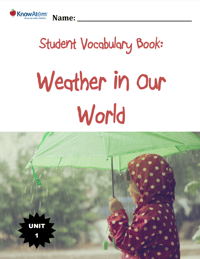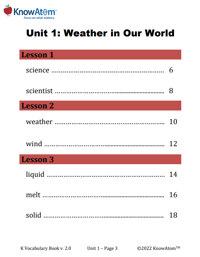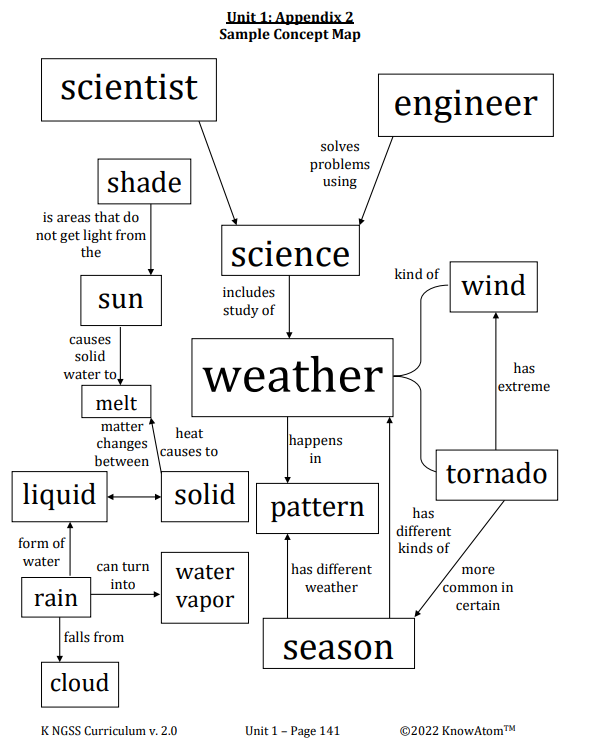In this lesson students explore temperature variation of different materials on their school playground. They conduct this experiment with the goal of discovering how the sun warms all of Earth, but different materials are warmed differently.
In kindergarten, students explore how scientists use all of their senses to ask questions and develop hypotheses about the world around them. In this unit, students have been analyzing weather patterns and seasons as well as considering the role of the sun in heating the Earth. This page is an overview of lesson 8 in which students investigate different Earth materials often found in their school’s playground or schoolyard to observe temperature variation among different surface materials when light hits them.
The science background provides teachers with useful information on the scientific phenomena that students will explore in multiple lessons of a larger unit. It gives teachers the opportunity to learn the deeper “how” and “why” questions that they may have about the concepts being investigated. In this case, the investigation focuses on how the sun’s energy heats different materials and surfaces.
Earth has many different surfaces, including snow-covered land, forests, oceans, polar ice caps, and human-built cities and roads. Each of these surfaces absorbs energy from the sun differently. For example, smooth surfaces tend to absorb more sunlight than rough surfaces, and dark colors absorb more sunlight than cool colors. One factor that influences the amount of heat absorbed by a surface is whether the sun is shining directly on a material—in other words, whether the material is in the direct sun or in the shade. Shade is the area around an object where sunlight cannot reach. Shade is the darkness created by a shadow, which is a dark shape created when an object blocks light. Temperatures are cooler in the shade because the sun’s energy is not reaching that area directly.
In this lesson students explore temperature variation of different materials on their school playground. They conduct this experiment with the goal of discovering how the sun warms all of Earth, but different materials are warmed differently.

Prepared hands-on materials, full year grade-specific curriculum, and personalized live professional development designed to support mastery of current state science standards.
Misconception: The seasons cause weather to change.
Fact: Seasons have specific weather patterns associated with them, but they aren’t the cause of the weather.
Shade : the area around an object where sunlight cannot reach


The hands-on activity is a mini-lesson in which students investigate various materials in their school yard to notice how the sun warms them differently. They will have the opportunity to use their sense of touch to gauge different temperatures of materials such as plastic, sand, gravel, and tarmac. Through a Socratic dialogue, students are able to compare their discoveries and perceptions of temperature variance of multiple materials.
KnowAtom incorporates formative and summative assessments designed to make students thinking visible for deeper student-centered learning.

Standards citation: NGSS Lead States. 2013. Next Generation Science Standards: For States, By States. Washington, DC: The National Academies Press. Neither WestEd nor the lead states and partners that developed the Next Generation Science Standards were involved in the production of this product, and do not endorse it.